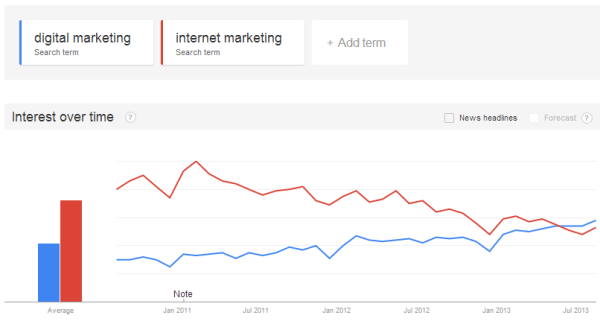The backbone of your SEO strategy is keyword research. The success of your search engine optimization tactics is, in large part, dependent on your choice of keywords. Investing time in the research phase will inevitably produce better results in the long term. Google provides a variety of free tools for you to pick out the best keywords for your website’s SEO.
Don’t be afraid to get competitive
One of the metrics provided by the Google Keyword Planner is competition. With a range from 0 to 1, you can get a good idea of how competitive the search market is for a set of terms. While it may be enticing to pick out only the “Low” competition keywords, understand that the “High” competition keywords are competitive for a reason – they drive more traffic and convert more visitors than the others. It is best practice to have a mix of Low, Medium and High competition keywords in your SEO strategy. You will see early traction for the less competitive terms, while the more competitive terms will take time. In the end, you will be more successful when you set your sights high.
Use CPC as a measure of quality for SEO
The average cost-per-click (CPC) metric tells you the average bid for the keyword for pay-per-click (PPC) advertisements. Although this may not seem relevant for SEO purposes, the average CPC can reveal information about the quality of a keyword. For example, say you find a keyword that has low search volume but a relatively high CPC compared to similar keywords. This tells you that advertisers are willing to pay more for their ads to display for this keyword. Why? That particular keyword likely captures more customers than other closely related terms.
Watch the trends
The Google Keyword Planner tells you very little about the direction in which keywords are trending. When deciding between two very similar keywords, it’s best to go with the one that is gaining in popularity. To find which keywords are trending in the right direction, use another free tool called Google Trends. You can input multiple keywords, choose a geographic area and specify a time range to help you in your decision-making. Let’s say Snap is trying to decide between two terms to use in our site content: digital marketing and internet marketing. The Google Keyword Planner shows that internet marketing has higher search volume, but Google Trends paints a different picture.
The graph shows that “internet marketing” has been losing ground the last two years while “digital marketing” appears to be emerging as the preferred search term. With SEO being a long-term game, it would probably be a better idea to focus our efforts on the latter keyword.
Be calculating in your keyword research phase and be sure not to gloss over this important aspect of SEO.

